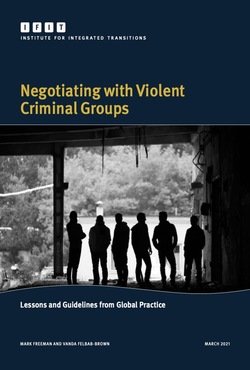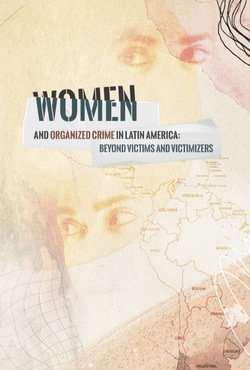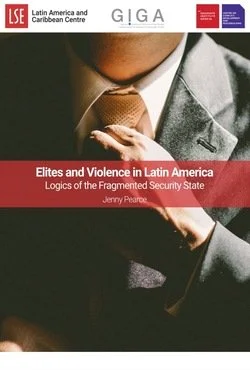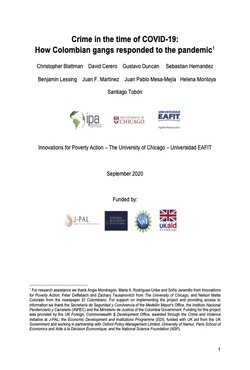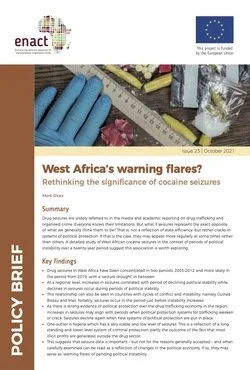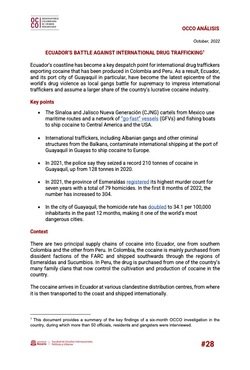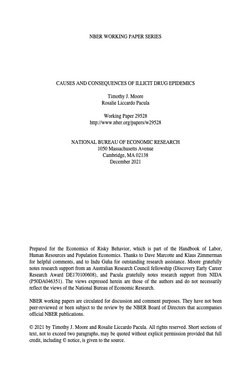By Alabama Appleseed
Every year from 2012-2020, Alabama ranked first in the nation for opioid prescriptions per capita. Since 2014, the opioid addiction has claimed the lives of nearly 7,000 Alabama residents who died by overdose, and disrupted the lives of countless more.
Since 2017, many state agencies have collaborated successfully via the Alabama Opioid Overdose and Addiction Council to chart a better path. The state has invested in treatment and peer specialists and reframed addiction as a public health issue, not a moral failing. For people who manage to steer clear of jails and prisons, things are starting to look up.
But the combination of harsh criminal laws, the nation’s highest opioid prescription rate, and Alabama’s under-resourced jails and violent and dysfunctional prisons mean that many of the people who need treatment most are not getting it. Instead, they are dying preventable deaths in record numbers. Something must change.
Montgomery, AL: Alabama Appleseed Center for Law and Justice, 2022. 58p.






